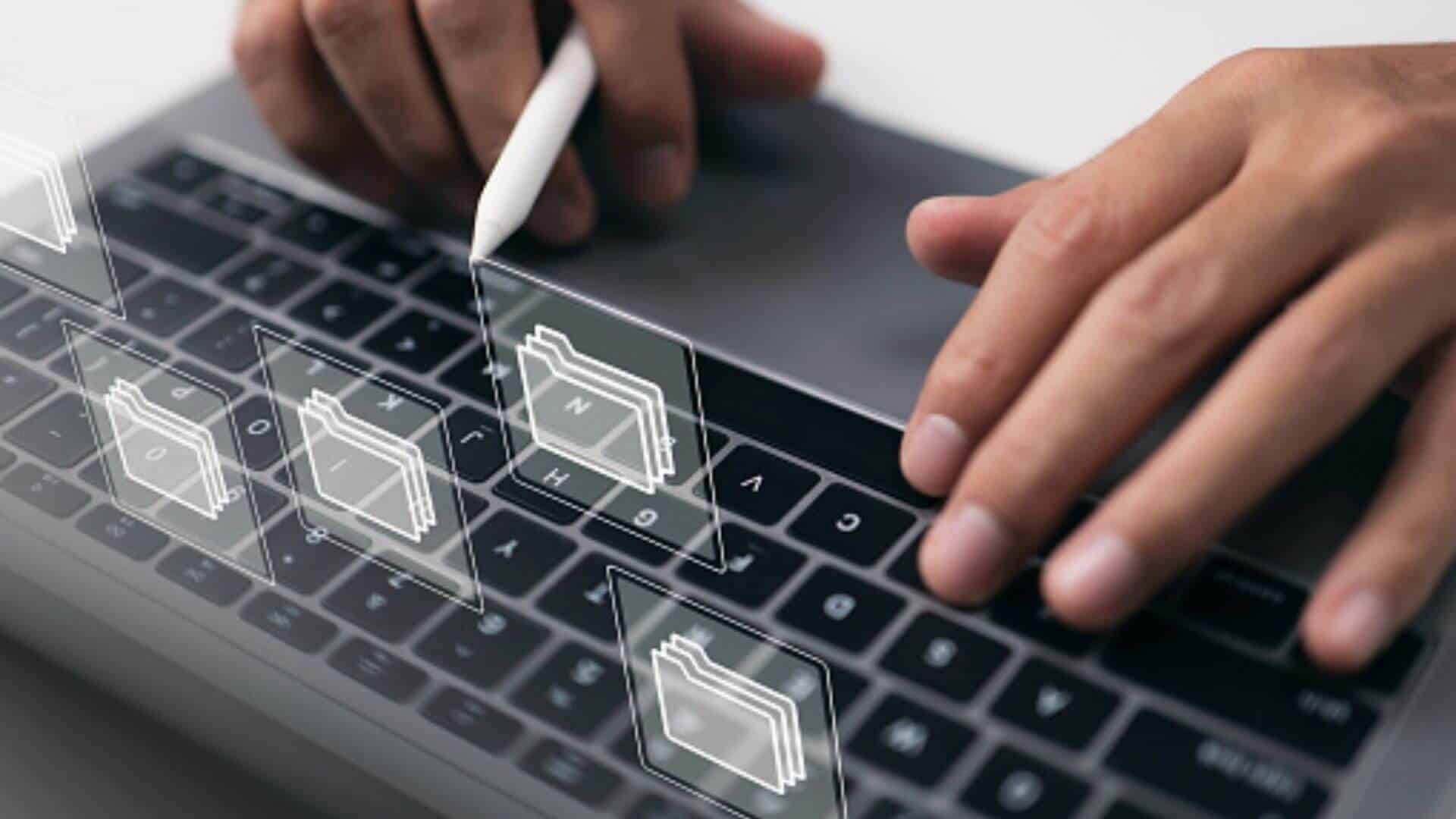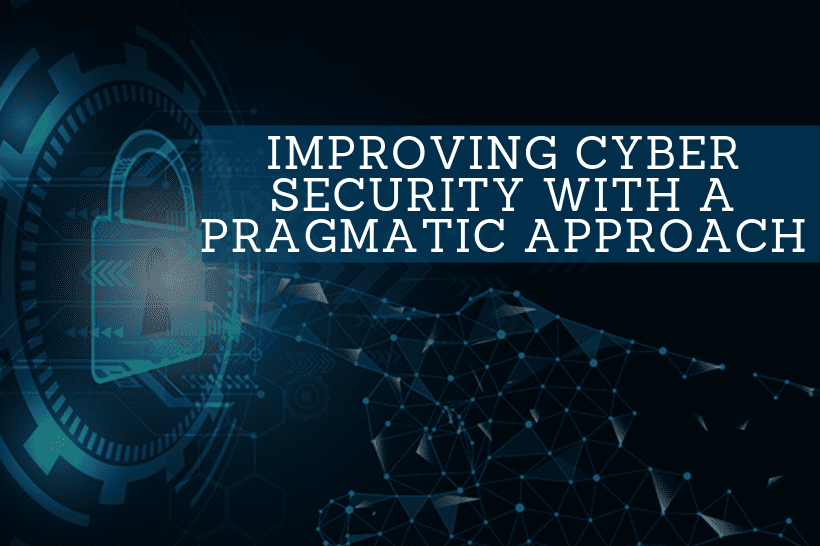Companies used to manage their devices manually, and they often employed solutions that included features for device management. While these solutions only provided limited functionality, they were critical in providing a minimum degree of protection and control over devices that contained or accessed personal or sensitive information.
The use cases for device management have evolved significantly over the last decade; they are now more complicated, and failing to handle them may have serious consequences for businesses. With COVID-19 playing such an important part in how firms offer IT services for their workers while the majority of them work remotely and without direct access to office resources, many companies are grappling with challenges like:
- How to centrally manage corporate devices and inventories?
- What is the best way to distribute and control software?
- How can security regulations be enforced and device abuse be monitored?
- How can assets be safeguarded to avoid security breaches?
- How can BYOD settings be enabled without jeopardizing the company’s security posture?
Various firms have developed solutions that provide diverse processes for centrally controlling corporate devices linked to the office network or through the internet in answer to these and other issues; these are called Unified Endpoint Management (UEM) or Mobile Device Management (MDM). Mobile Device Management has grown over time and is now available as an on-premise or SaaS solution for managing a wide range of operating systems, including macOS, iOS, Windows, Android, and others.
The following are some of the key characteristics that MDM or UEM systems provide:
Inventory Control: MDM allows firms to centrally manage device inventories, giving IT and security professionals a real-time picture of all devices registered in the platform. Given that Asset Management has always been a big security concern, this is a strong tool that improves security posture and provides greater insight into devices that need to be secured.
Device Security: MDM enables IT departments to define bespoke security profiles for mobile devices, allowing for remote management and monitoring. MDM may deliver highly precise and specialized security settings onto each registered device, from full-disk encryption to customized host-based Firewall rules.
Distribution of Software: Software distribution and control are one of the most critical pain areas for device management; MDM enables firms to establish customized rules (Allow or Deny Policies) to utilize certain software. It allows the creation of self-service libraries that users can use to download and install permitted apps on-demand, as well as giving IT and security the ability to regulate and monitor the installation of unapproved software.
Policy Enforcement: MDM may be used to ensure that security rules are followed. Whether companies allow employees to bring their own devices (BYOD) or only allow company-owned devices, MDM may enforce precise limitations to avoid security breaches. For example, a policy may be implemented depending on the device type to prevent access to certain corporate resources if the device does not comply with the security settings (i.e., device not compliant with full-disk encryption).
Administration: To improve the organization’s capacity to manage the numerous device types employed in increasingly complicated contexts, flexible administration choices are undoubtedly required. Nowadays, businesses use a hybrid operating system that is linked locally or remotely. While certain devices may be managed using on-premises installations, others need a cloud-based (SaaS) solution. Both deployment methods are available in most MDM systems.
Reports and Audits: When it comes to maintaining a proactive strategy to avoid security incidents and data breaches, thorough reporting into device monitoring is critical. The most robust MDM systems provide a combination of reporting tools that may provide enterprises with more comprehensive information about how the devices registered in the platform are being utilized, as well as trends in areas such as patch levels, encryption, geo-location, and others. To monitor compliance with internal security regulations or external requirements, it’s critical to have effective audit and reporting functions.
Consider the consequences of allowing all or most workers to work from home. We must evaluate the additional risk posed by endpoint devices that link firm assets to multiple residential internet connections. Before the COVID-19 epidemic, most businesses managed their devices onsite, either manually or with the use of asset management software. Even in 2021, IT support employees were routinely manually deploying OS upgrades or upgrading security settings across 100+ machines. Of course, manually controlling gadgets is ineffective, and the fact that those devices are now in workers’ homes adds to the complexity. Large-scale firms’ IT teams have to act quickly to enable cloud-based MDM solutions to keep their businesses safe.
Remote control of mobile devices accessing business assets through internet connections is possible with cloud-based MDM systems. MDM offers remote lock and wipes functions to lessen the risk of a data breach if a device is lost or stolen. When we consider it, the danger of device exposure rose dramatically in 2021. However, the number of methods available to cope with this risk has grown and improved.
Here are some of the most popular MDM systems on the market right now:
Jamf: Jamf is a mobile device management (MDM) system designed exclusively for Apple devices. It supports iOS, macOS, iPadOS, and tvOS. Jamf has shown to be one of the most dependable solutions for Apple ecosystems, with a variety of products ideal for a variety of applications. The purchase of CMD Reported by Jamf has improved device-level logging capabilities and interoperability with SIEM systems.
Microsoft: Microsoft Endpoint Manager integrates Microsoft Intune and Configuration Manager to provide a more sophisticated endpoint management process.
ManageEngine: Windows, macOS, iOS, iPadOS, tvOS, Android Enterprise, OEMConfig, Chrome OS, and Linux are all supported by ManageEngine’ss Mobile Device Management Plus. It’s offered on-premises, as a private cloud-hosted service, and as a SaaS.
VMWare: Workspace ONE is a single platform that combines application management, access control, and endpoint management. This solution is the product of VMWare’s purchase of AirWatch in 2014 and its subsequent development into a new platform capable of controlling a variety of operating systems, including Windows, macOS, iOS, Android, and Linux.
Cisco: Meraki Systems Manager is a flexible solution for Cisco Meraki network infrastructure; the management interface allows for Cisco-specific integrations such as automatic enrollment upon a network connection and certified-based security, among other things.






